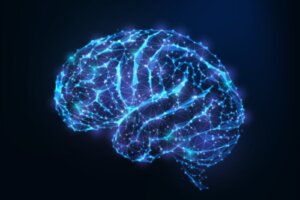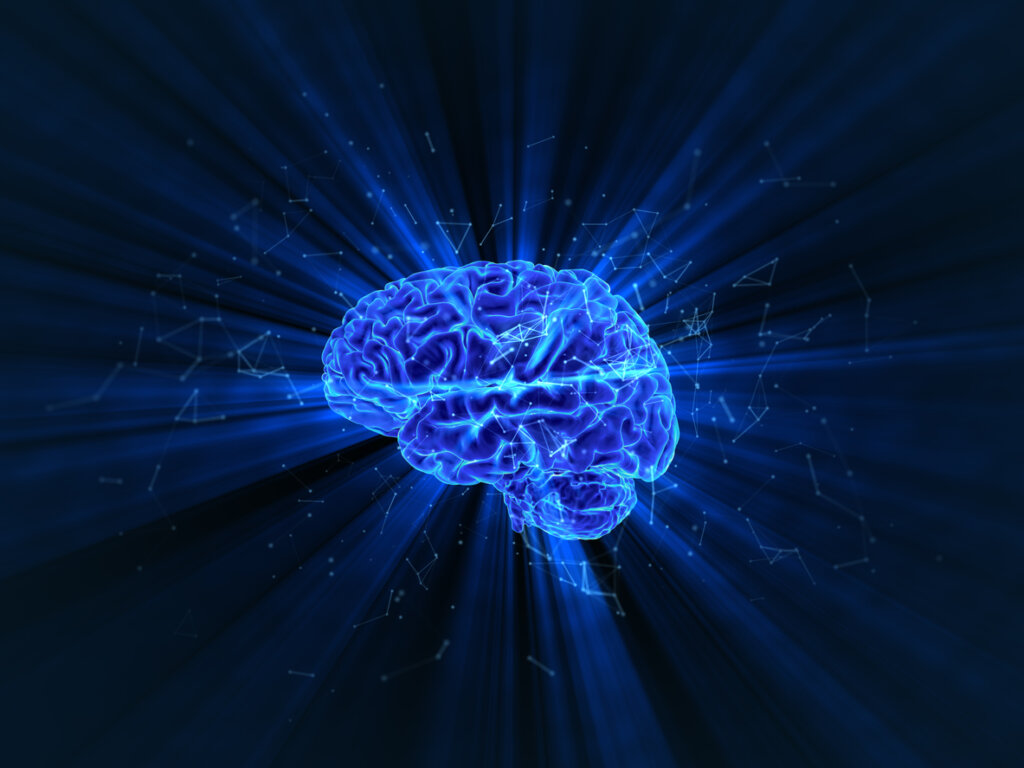Is there a Link Between Personality and Brain Structure?


Written and verified by the psychologist Isabel Ortega
A study published in the journal, Social Cognitive and Affective Neuroscience indicates that brain structure can influence personality traits. Furthermore, it can affect the development of mental disorders.
In this study, researchers studied the brain anatomy of 507 people. They wanted to know how it related to the big five personality traits.
The results
According to the five-factor model, the five personality traits are neuroticism, extraversion, openness, agreeableness, and conscientiousness.
In the aforementioned study, all the participants were young adults, aged 22-36, with no physical or psychological problems. The researchers analyzed the cortical thickness, surface area, volume, and folding of their brains. They associated these measures with the main personality traits.

Neuroticism
The participants with high scores on neuroticism (easily made anxious, worried, or irritable) had thicker cortical thickness in frontoparietal regions. However, their frontal, parietal, temporal, and occipital cortices were reduced in area and volume. This suggested that these individuals were predisposed to develop psychiatric disorders linked to high negative emotionality. For example, depression or anxiety.
Another study pointed out that neuroticism was the personality trait most related to brain structure. It was linked with smaller brain volume, a decrease in white matter, and a smaller surface area of the frontotemporal area. This would suggest that brain structure has an influence on whether the individual has a tendency to emotional instability, worry, irritability, sadness, and frequent mood swings.
Extraversion
Higher scores in extraversion (greater ease in relating to and expressing feelings) were associated with greater cortical thickness in the precuneus. Moreover, as well as less area and volume in the superior temporal gyrus, there was reduced cortical volume in the entorhinal cortex and greater cortical folding in the fusiform gyrus.
Contrary to the neurotic trait results, greater extraversion was related to a greater concentration of gray matter. This suggests that gray matter is related to social well-being.
Openness
Openness was linked with reduced cortical thickness in the postcentral gyrus, rostral anterior cingulate cortex, inferior parietal cortex, and lateral occipital gyrus. In contrast, the parietal, temporal, and frontal regions showed a greater tendency to larger cortical area and volume.
Individuals with high scores on openness to experience tend to be creative, curious, and highly imaginative. In addition, they’re usually willing to try new experiences.
Agreeableness
People with higher agreeableness scores had lower cortical thickness, area, and volume in frontotemporal regions. This suggests that brain structure can influence -along with other factors- the degree of the individual’s kindness to others.
Individuals with higher scores on this personality trait also have a greater tendency to help others as well as to be more trusting. Furthermore, this trait is characterized by other characteristics such as respect and empathy.

Conscientiousness
More conscientious individuals exhibited greater cortical thickness in the lateral prefrontal cortex. They also exhibited reduced cortical area and volume in the middle/inferior temporal gyrus and the lateral occipital gyrus. These results indicate that genetic factors are important in understanding personality.
Finally, is there a relationship between personality and brain structure? The answer is yes. However, it’s important to understand these findings in context. Indeed, while there’s evidence that affirms the existence of a relationship between personality and the brain, this isn’t decisive. In reality, the experiences of each individual, their environment, genetics and structure, and of course, their neural plasticity, influence and interact with their personality.
All cited sources were thoroughly reviewed by our team to ensure their quality, reliability, currency, and validity. The bibliography of this article was considered reliable and of academic or scientific accuracy.
- Bjørnebekk, A., Fjell, A. M., Walhovd, K. B., Grydeland, H., Torgersen, S. y Westlye, L. T. (2013). Neuronal correlates of the five factor model (FFM) of human personality: Multimodal imaging in a large healthy sample. Neuroimage, 65, 194-208.
- Riccelli, R., Toschi, N., Nigro, S., Terracciano, A. y Passamonti, L. (2017). Surface-based morphometry reveals the neuroanatomical basis of the five-factor model of personality. Social cognitive and affective neuroscience, 12(4), 671–684.
This text is provided for informational purposes only and does not replace consultation with a professional. If in doubt, consult your specialist.








